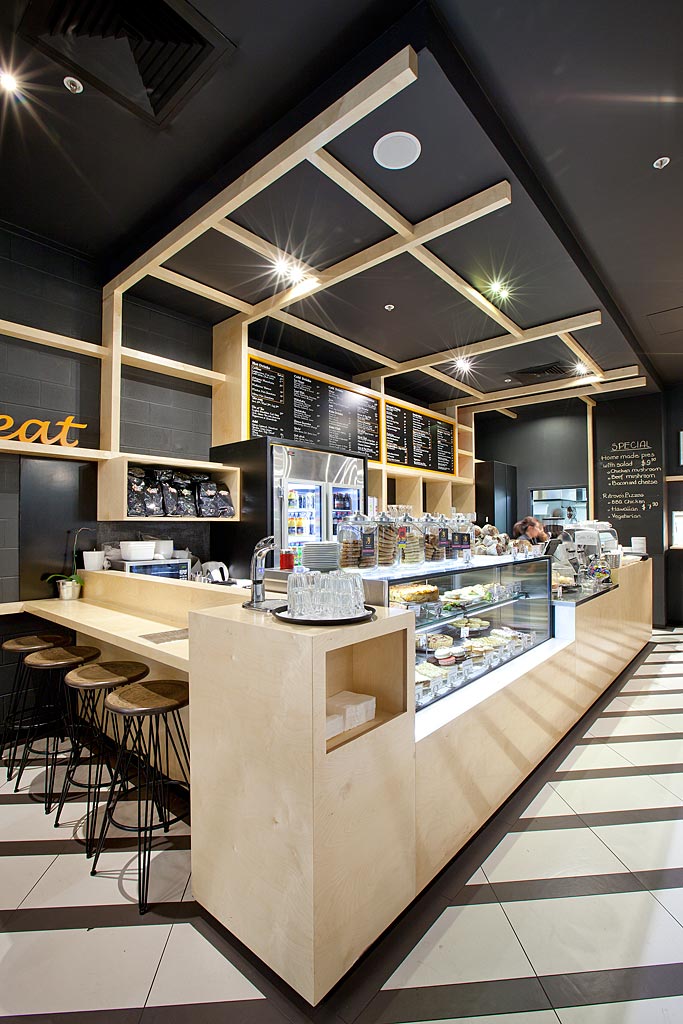

Although it brings a big dispute over its merits and demerits, as for Italia, they drink coffee so much as if it is an indispensable food for their survival. Sometimes Shikohin makes us calm, or even uplifts our spirits. The word Shikohin in Japan language generally encompasses materials which humans may consume without a nutritional intent but rather for their stimulatory potential. But what is the definition for Shikohin then? There is an energetic atmosphere like the one at an English pub, though that is not alcohol which they drink here.įirst of all, coffee and alcohol are pleasure products (called Shikohin in Japanese).

There is a lot of talkative café owner, skillful barista, good-looking waitress, and cheerful locals. Rather, most people will be satisfied with the "Italian Galapagos Culture" after enjoying their fascinating café or coffee bar there. There was few company of hand-drip or pour-over coffee, which had been a global trend, but a variety of espresso brewers on parade.īut I do not deny their principle at all.
#Coffee commercial vienna italy full
I could see this aspect in the site of the SCAE as well.Īlthough there would be a full of booths of international manufacturers or suppliers at the ones held in the U.S., Australia, or Vienna a few years ago, most of the brands that I could see at this time were Italian. Some people say that there must be some influence of the Mafia on this conservative economy, but most of Italian people make fun of their insular market like the following:īut we do not know anything about the world. Eventually, however, I couldn't see any of those but Italian foods while staying there. You can get a rice ball in most of the train stations in London, and there is a popular Ramen restaurant in Vienna.

In contrast, there is a variety choice of brands in most of the other European cities like London, Munich, and Vienna. I found those popular European brands Chloe or LULU GUINNESS only in duty-free stores at the airport.

It seems that the Italian economy is so insular that they hardly accept the advance of foreign firms. Moreover, the cost of those few foreign firms is dreadfully expensive, influenced by import duty. There are few foreign firms of not only cafes but also clothing or glossary stores. Ost of the cafes are independent or local chain stores. There are a number of fascinating cafes everywhere, and you will know how much coffee culture has blended with the community well. The difference between them is that the average cost in the latter is about 1.5 times as much as the former, since the latter is full-service. So, let me introduce you to Italian coffee culture a bit more.Īlthough they mainly enjoy espresso in Italian coffee bars, there are some French cafes with terrace in sightseeing places as well.
#Coffee commercial vienna italy how to
It took me one and a half hour from Bologna to Rimini by train.Īlthough I did not know even how to buy a train ticket there, they kindly gave me the one of a second class seat of a local train with "free sauna", which was pretty "comfortable" (it would take only 50 min by a rapid train, with air conditioner of cause)!Īt this time, I met a Japanese guy at Bologna Sta., and he told me that he was on his way from Bologna to Rimini to participate in the championship there.Īlthough many of you may know that both of the winners of the Espresso and Aeropress Championships for this year were Japanese, no sooner had I read newspaper next morning than I knew the young guy had just won the Aeropress Championship. Italian history of coffee has started around in 1600 when Italian traders introduced coffee to the main commercial and industrial center of Italy, Venice, Genoa, and Milan, with the expansion of the Ottoman Empire's power.Īfter that, the first coffee house in Italia was built in the early 16th century, and coffee has become an inevitable luxury among Italian people. There is a well-known resort town Rimini on Italy's east coast on Adriatic Sea.


 0 kommentar(er)
0 kommentar(er)
